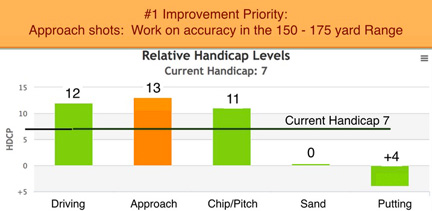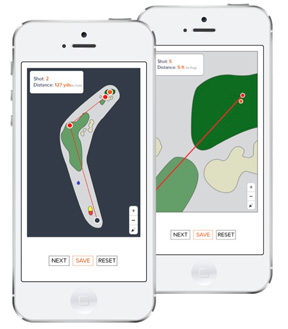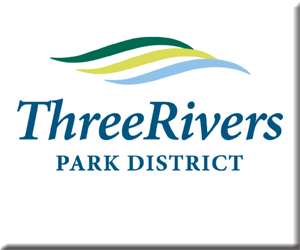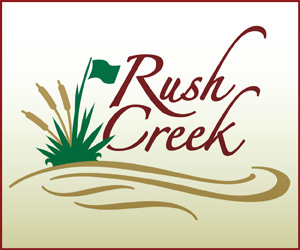Using Analytics To Improve Your Game
By Chris Foley
Over the course of the golf season, each month in this column we will be sharing ideas to help improve your golf game without changing your golf swing. By implementing our advice each month, you will see improvement in your game and lower scores.
One of the things that I consistently observe on the lesson tee is that the vast majority of players don’t have a realistic idea of what they need to do to improve their golf games and shoot lower scores. Typically, someone will come to a lesson for the first time with two goals; to hit the driver further and to hit the ball more consistent. While these two things can have an impact on a player’s game, we need more information and to take a deeper look to have a true understanding on what areas can have the biggest impact on shooting lower scores.
The use of analytics has become a huge part of the professional game. At the PGA Tour level the players have a big advantage in that every shot they hit in every tournament round is recorded through Shot Link. The players can access their stats immediately following their round of golf.
This same type of analysis is available to the average player, they just have to be more discipline to capture it. Unfortunately, keeping track of things like fairways hit, greens in regulation, and number of putts doesn’t give the picture of a player’s strengths and weaknesses. For instance, if a golfer has a high number putts in a round, it may be more a result of poor chipping or approach shots that are hit too far from the hole as opposed to the putting stroke.
There are several programs or apps available that allow the non-tour player to use the same “strokes gained” analysis that is used on the PGA Tour. Programs such as Shot By Shot, DECADE, and Shots To Hole have the golfer enter key performance information for each hole.
- Information about the drive on of a par 4 or par 5 hole; was the ball hit in the fairway or rough, out of bounds or if the ball ended in a spot with no shot.
- The distance of first approach shot.
- Was the green hit in regulation?
- If the player hits a chip, pitch or sand shot.
- The distance of the fist putt
- Total number of putts
Using this information, the programs are able to isolate the areas of the golfer’s game that are having the biggest impact on score. The golfer can then apply this information to develop practice strategies and areas that need improvement.
The golfer who has the discipline to track the information and then apply the analytics has a much better opportunity to shoot lower scores and improve their game!































